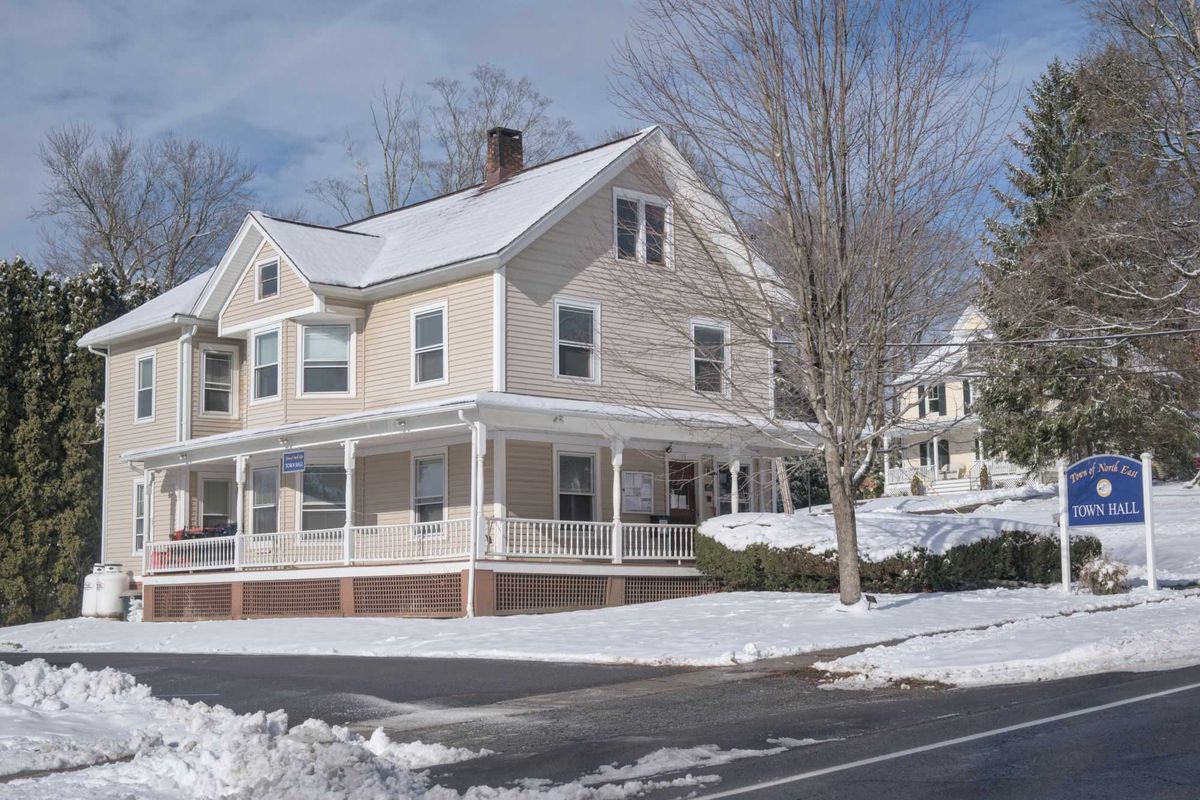Orkin & Engel at Mad Rose
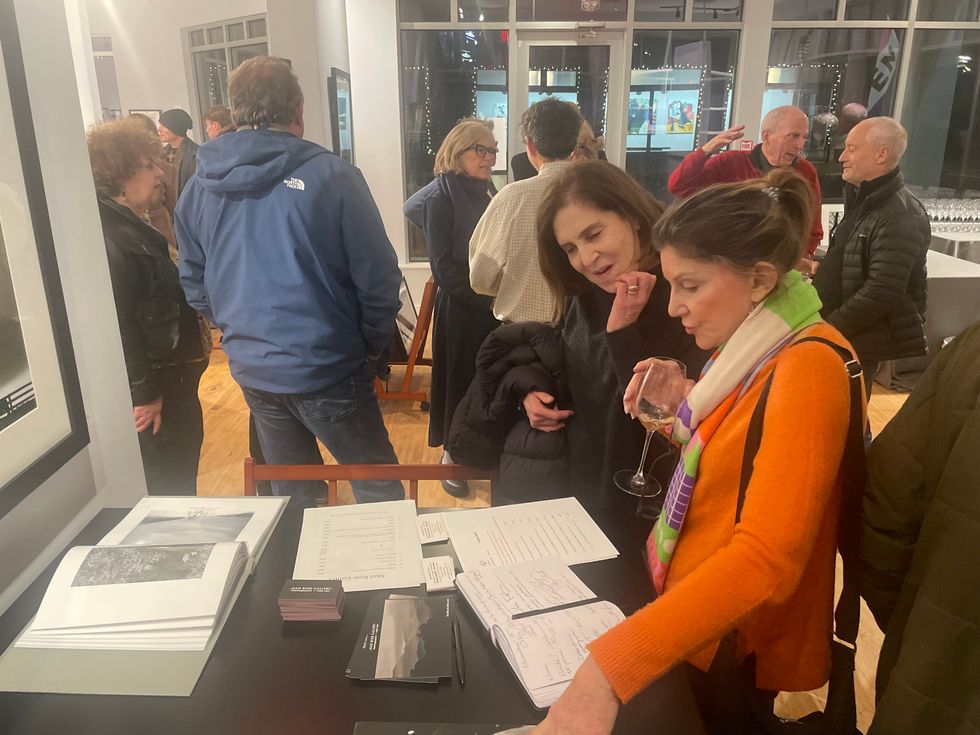
Kathy Plesser, at left in the foreground, and Amy Singer peruse books on Ruth Orkin’s work, sold at the gallery for Oblong Books. In the background, from left, Mary Engel, Lisa Aiba, Richard Block and Steve Aresty are deep in their respective conversations.
Photo by Deborah Maier

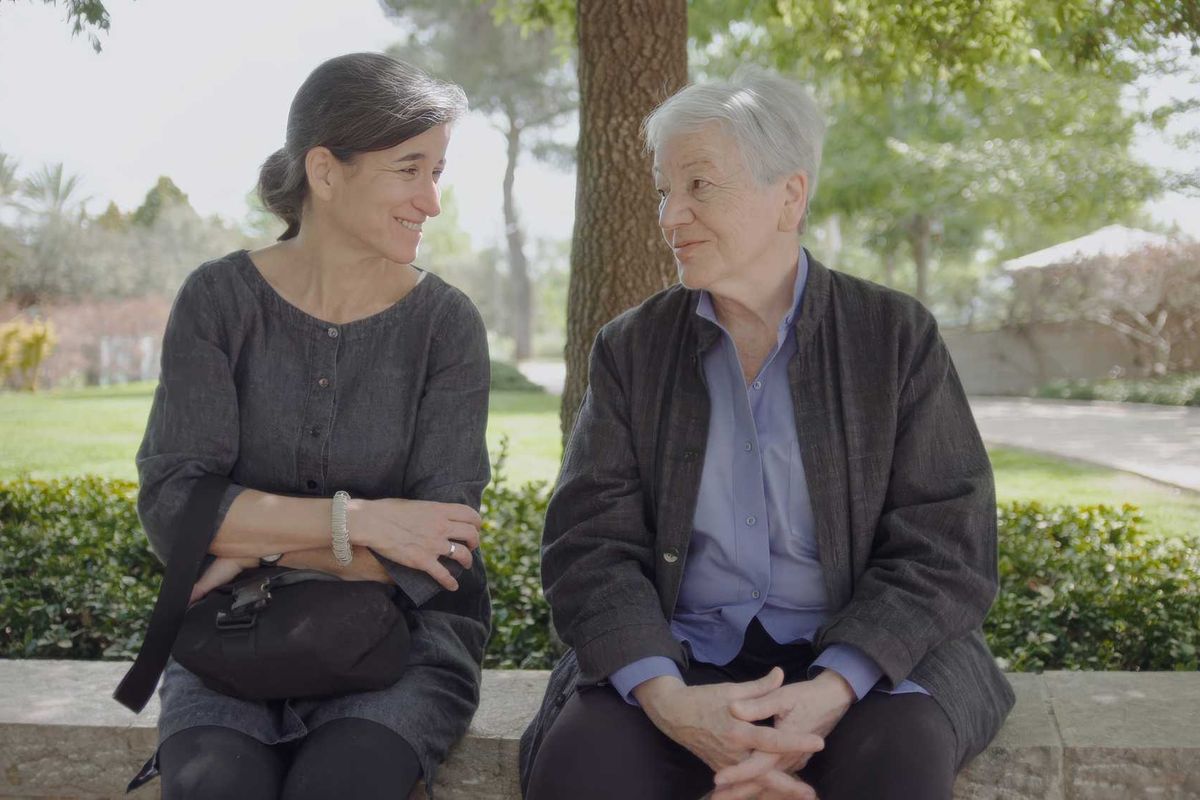



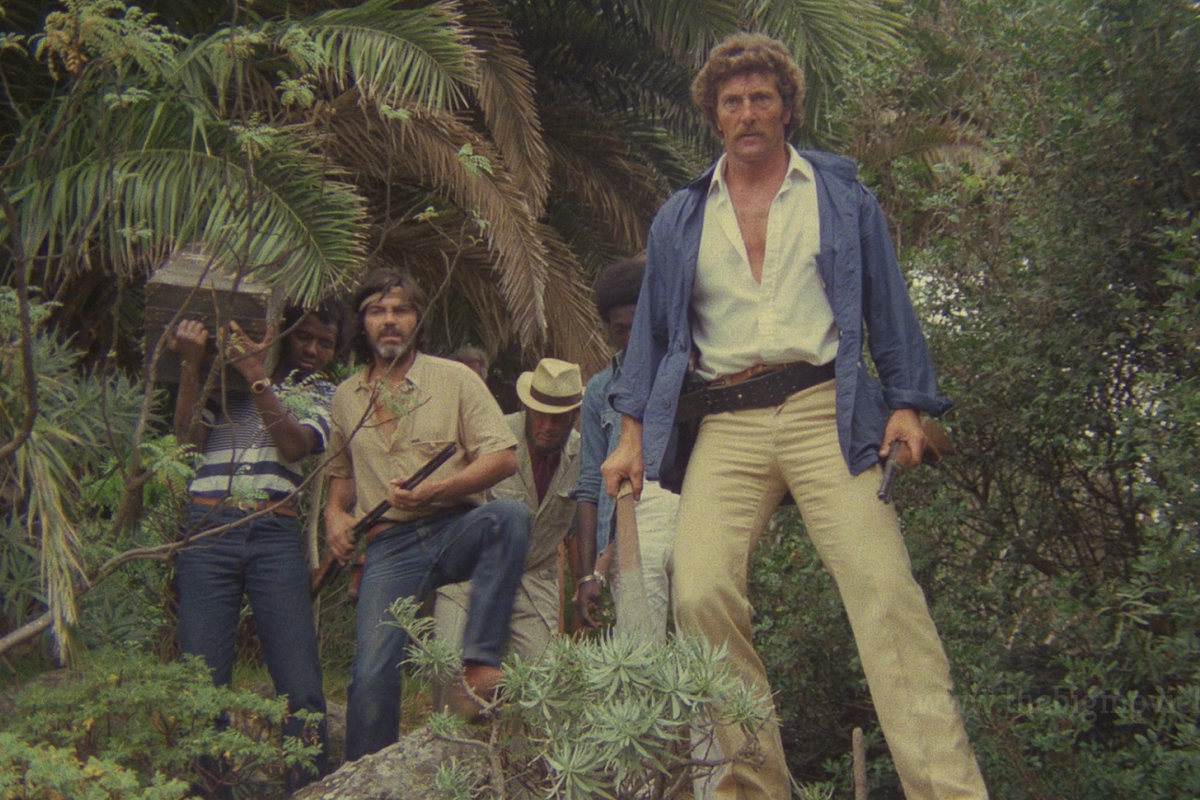

 A sign detailing the history of the charcoal kilns and the recent restoration now stands at the site of the historic kilns on Deep Hollow Road just off Route 22 in Wassaic. The sign and restoration were part of an effort by the Amenia Historical Society and Bernie Leighton, who cleaned up the site and restored the kilns. Photo provided
A sign detailing the history of the charcoal kilns and the recent restoration now stands at the site of the historic kilns on Deep Hollow Road just off Route 22 in Wassaic. The sign and restoration were part of an effort by the Amenia Historical Society and Bernie Leighton, who cleaned up the site and restored the kilns. Photo provided 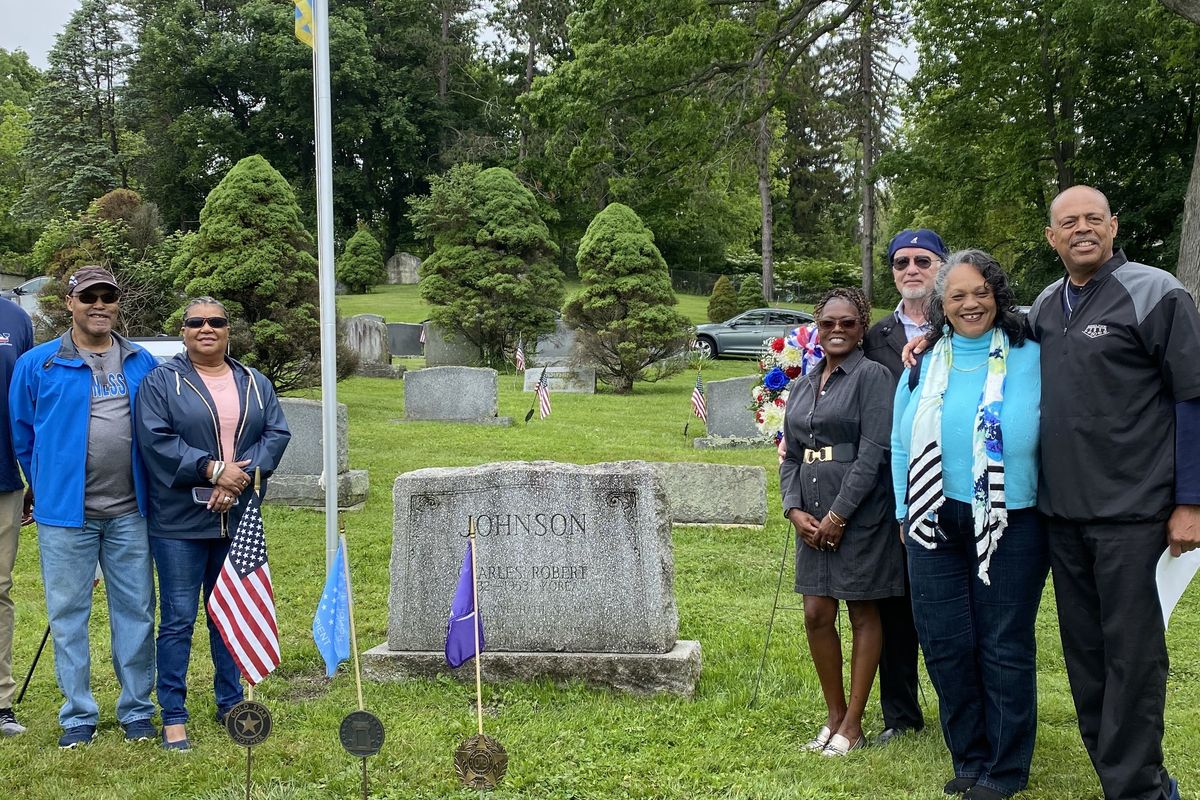
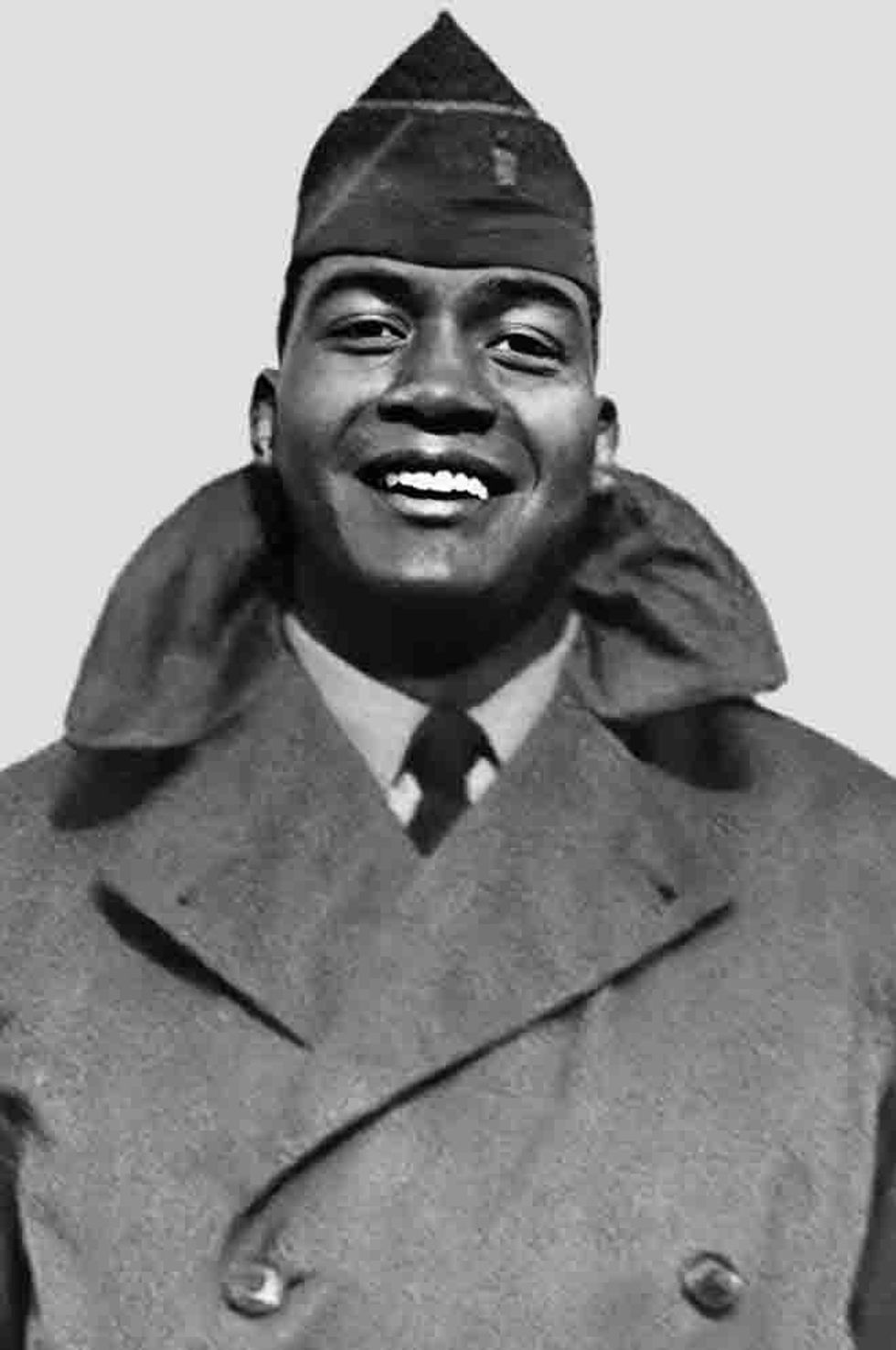 Charles R. Johnson, a Korean war veteran who died in combat in 1953, was posthumously awarded the Medal of Honor on Friday, Jan. 3. Photo provided
Charles R. Johnson, a Korean war veteran who died in combat in 1953, was posthumously awarded the Medal of Honor on Friday, Jan. 3. Photo provided  Millbrook board advanced plan for Thorne Building community center By Nathan Miller
Millbrook board advanced plan for Thorne Building community center By Nathan Miller 
 LaBella Associates representative Pasquale Marchese said designers aimed to ensure the proposed new Town Hall would fit the character of downtown Pine Plains. Photo provided
LaBella Associates representative Pasquale Marchese said designers aimed to ensure the proposed new Town Hall would fit the character of downtown Pine Plains. Photo provided  The plans presented by LaBella AssociatesSource:
The plans presented by LaBella AssociatesSource:  Source: Dutchess County Board of Elections
Source: Dutchess County Board of Elections